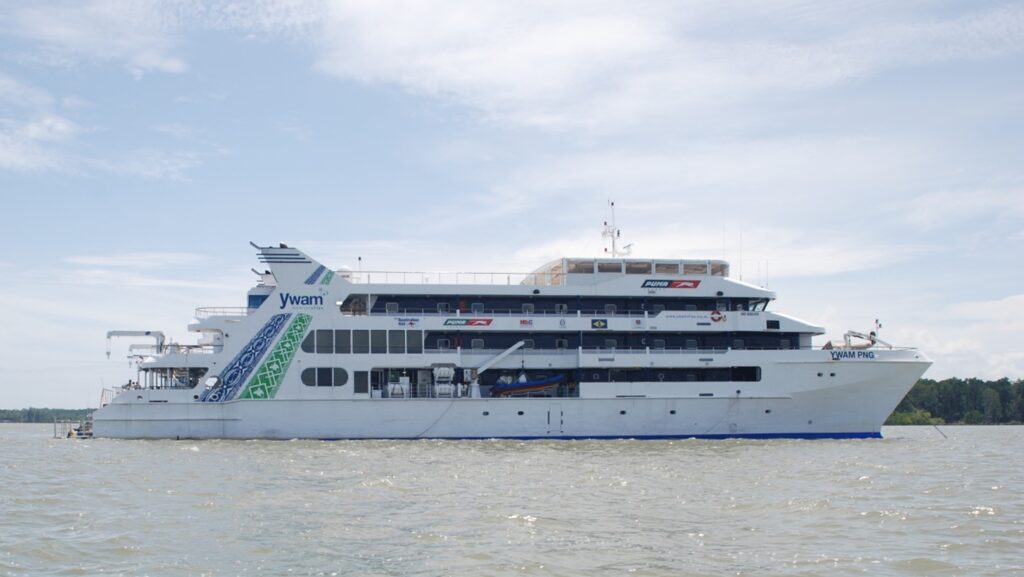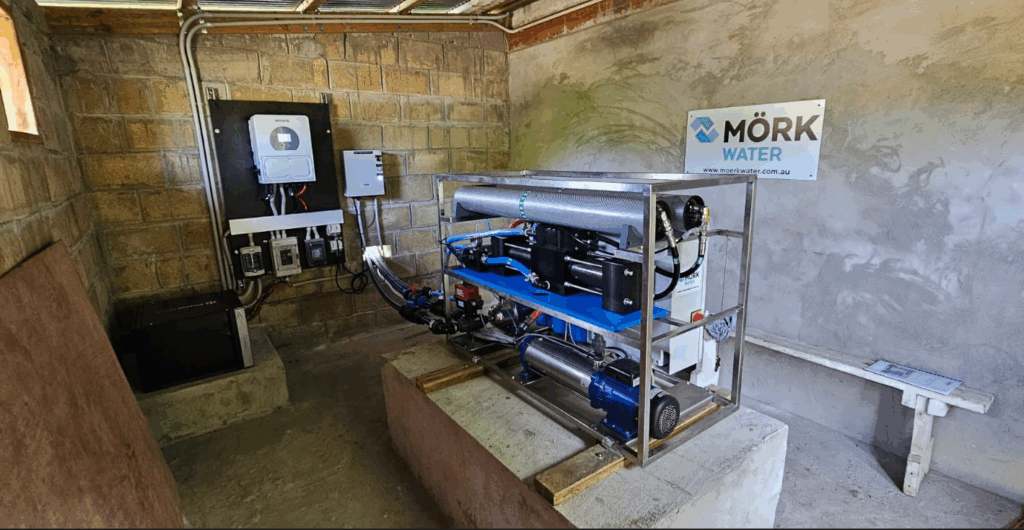A Sustainable Approach to Lasting Water Security
Access to clean water remains one of the world’s most persistent challenges. Across the Pacific, Australia and East Africa, communities, businesses and institutions continue to struggle with systems that promise convenience but rarely deliver reliability.
Standardised, off-the-shelf water treatment systems are often chosen because they appear cost-effective and reasonable to deploy. Yet when placed in real-world conditions such as remote islands, harsh climates or regions with limited technical support, their limitations are quickly exposed.
These systems are rarely designed for environmental variability, logistical challenges or the human side of operation. What begins as an efficient short-term solution often becomes an expensive, high-maintenance burden.
The Challenges Behind Standard Solutions
Water security is about far more than pipes and filters. It requires systems that can withstand complexity and change, both environmental and social.
Across developing and remote regions, traditional systems encounter the same problems time and again.
• Incompatibility with local water sources and climate conditions, leading to rapid wear or failure
• Heavy dependence on diesel and chemical inputs, increasing both costs and emissions
• Lack of local training and spare parts, resulting in long periods of downtime
• Limited resilience to drought, flooding or variable water quality
• Minimal community involvement, which erodes ownership and long-term sustainability
The result is that too many systems fail long before their expected lifespan. A solution designed to simplify operations can end up compounding the very problem it was meant to solve.
A Better Way Forward
Effective water system design starts with context. Each site has its own challenges, its own water chemistry and its own social dynamics. When technology is shaped to meet those realities, reliability follows.
Designing for the real world means prioritising three things.
1. Local relevance
Understanding the source water, geography and available energy is essential. A system built for a city cannot operate the same way in a coastal village.
2. Simplicity and sustainability
The most reliable systems are those that are easy to run. By harnessing renewable energy and eliminating unnecessary complexity, long-term performance becomes achievable.
3. Empowerment and ownership
Training is not an afterthought, but rather a core part of design. When local operators understand their system and take responsibility for it, sustainability becomes natural rather than imposed.
Examples from the Field
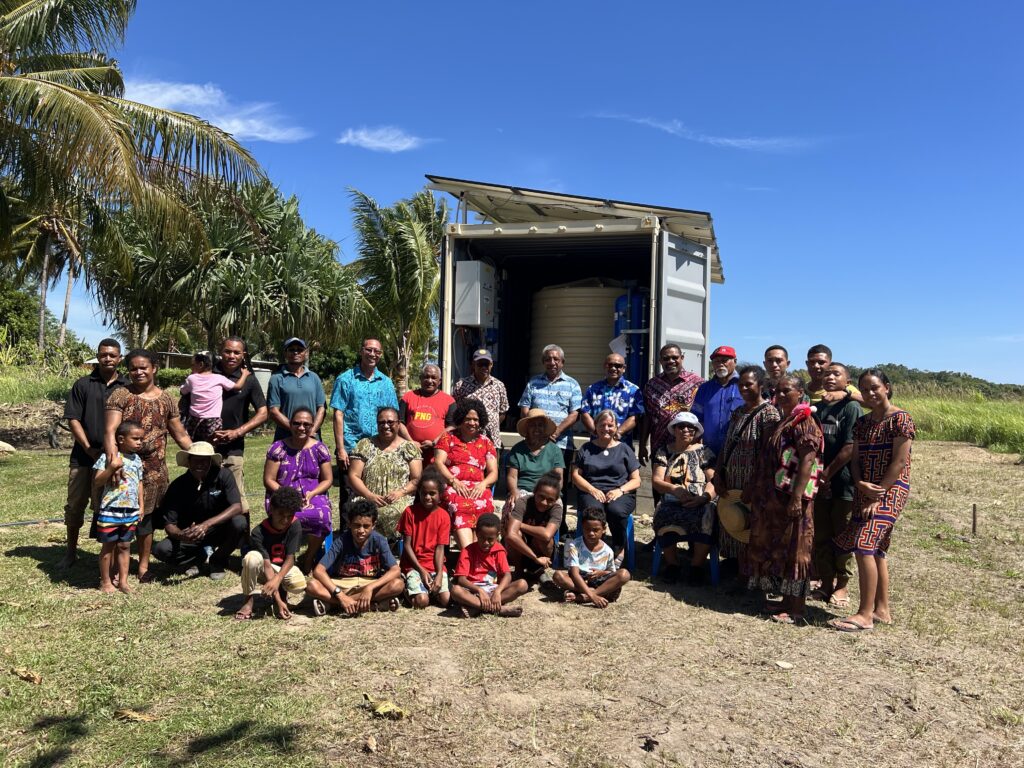
In the Kiru Farming Community in Papua New Guinea, a solar-powered desalination system was designed to treat saline groundwater and operate entirely off-grid. The system provided clean water for both irrigation and drinking, creating new opportunities for agricultural productivity and resilience.
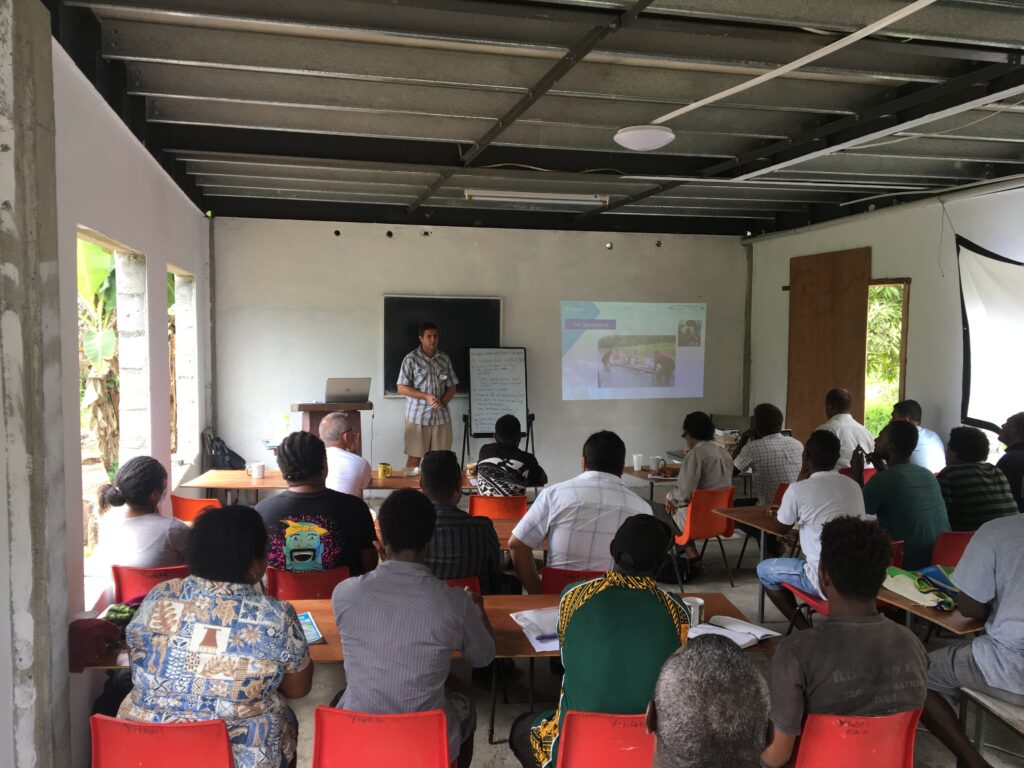
At the YWAM Training Centre in the Solomon Islands, local operators were trained to manage a desalination system that supports both residents and visiting medical teams. Through this process, technical capacity was built, ensuring the community could sustain operations independently.
Across the region, Train the Trainer programs continue to strengthen long-term knowledge sharing, empowering people to manage their own systems confidently and effectively.
Proven Results

At Wongutha CAPS, an Indigenous vocational school in Western Australia, saline groundwater once forced the school to cart in expensive water. Today, a solar-powered reverse osmosis system produces up to 15,000 litres of clean water each day. More than five million litres have been delivered since commissioning, cutting operating costs by about thirty per cent and improving health and educational outcomes. The innovative use of brine to grow salt-tolerant plants has created additional agricultural benefits, forming a circular and sustainable model.
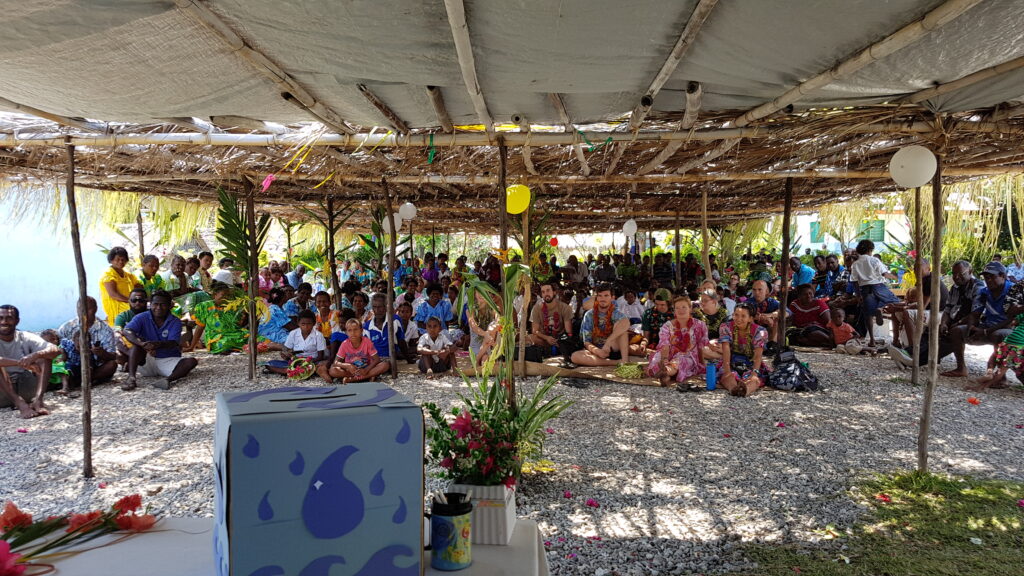
On Uripiv Island in Vanuatu, dry seasons once left residents dependent on costly water shipments. A solar desalination plant now provides more than 800 residents with safe, year-round drinking water. The system’s simplicity and community-led management model have reduced waterborne diseases and improved resilience during droughts and cyclones.
Moerk Water’s Approach
At Moerk Water, our work is shaped by the lessons these communities teach us. We believe that water systems must do more than perform well on paper. They must integrate into the environments, cultures and economies they serve.
Our design process focuses on collaboration and long-term value.
• Detailed water and site assessments to ensure fit-for-purpose solutions
• Custom system design to suit environmental and logistical realities
• Implementation in partnership with local stakeholders
• Hands-on training and continued technical support
• Integration of renewable energy and low-maintenance design principles
This approach has been recognised nationally and internationally, including the Australian Water Association Award for Innovating for Sustainable Water and Environmental Outcomes. What matters most, however, is that our systems continue to operate year after year in the most challenging environments.
Building Systems That Last
Technology alone does not solve water scarcity. The true measure of success lies in whether a community, school or enterprise can depend on clean water every day, regardless of season or circumstance.
Designing for the real world means building systems that last, that adapt and that empower. That is how we define sustainable water security.
If your project demands more than an off-the-shelf solution, talk to Moerk Water. We design systems for the real world, built to endure, built to empower and built to last.

